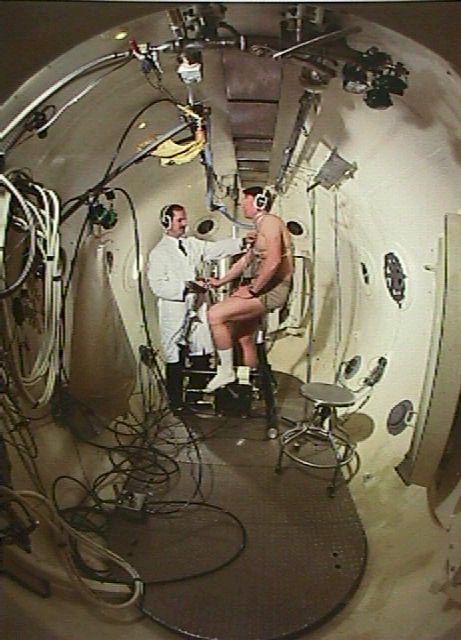Contents · Introduction · Learning Objectives · Textbook · Lectures · Procedures · Final Exam · Library · Laboratory · Pharmacy · Imaging · Forms · Videos · About · Contact Us>
| |
This information is provided by The Brookside Associates. The Brookside Associates, LLC. is a private organization, not affiliated with any governmental agency. The opinions presented here are those of the author and do not necessarily represent the opinions of the Brookside Associates or the Department of Defense. The presence of any advertising on these pages does not constitute an endorsement of that product or service by either the US Department of Defense or the Brookside Associates. All material presented here is unclassified. C. 2009, 2014, All Rights Reserved |
|

